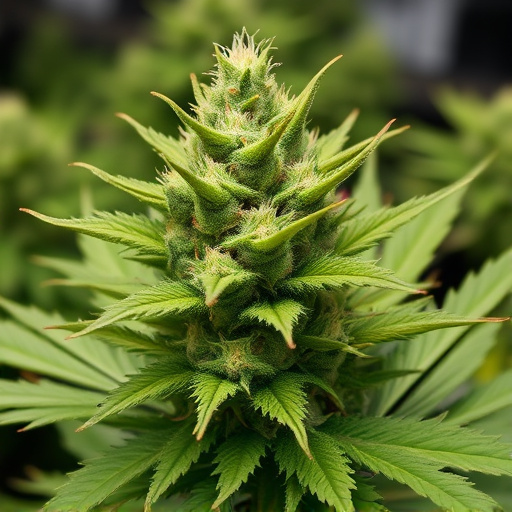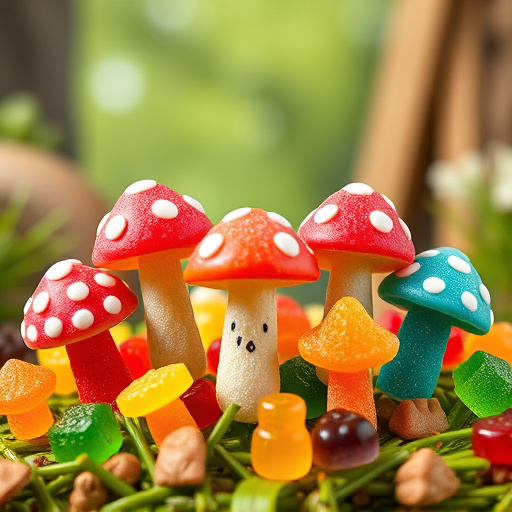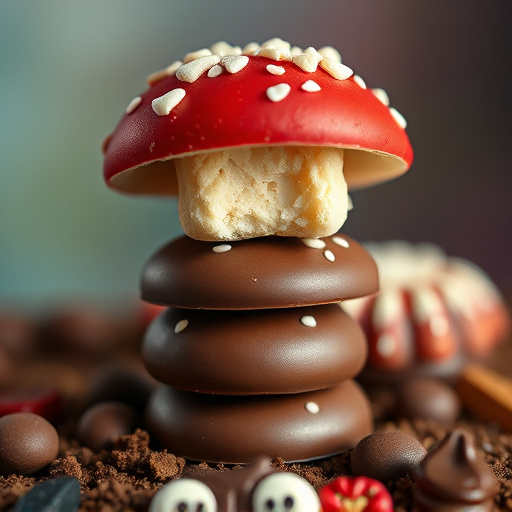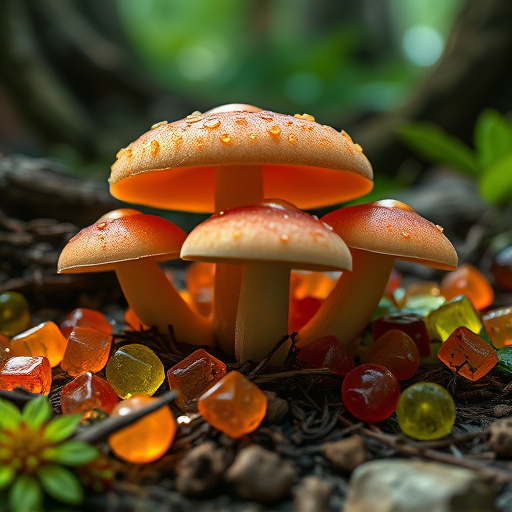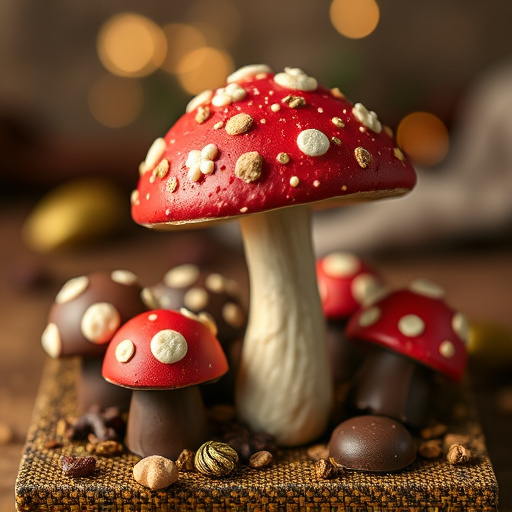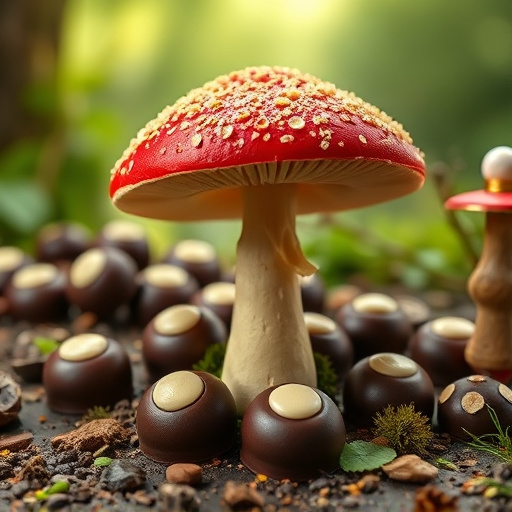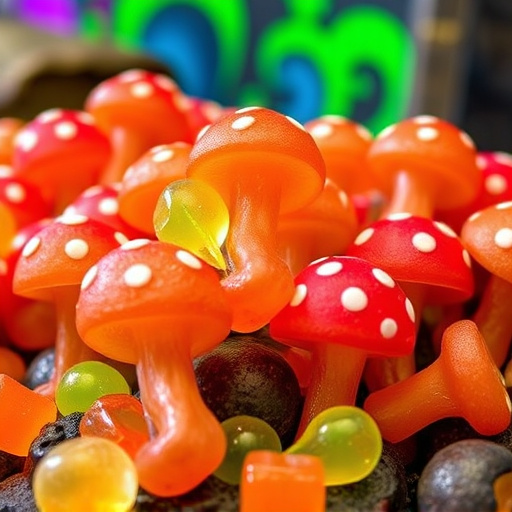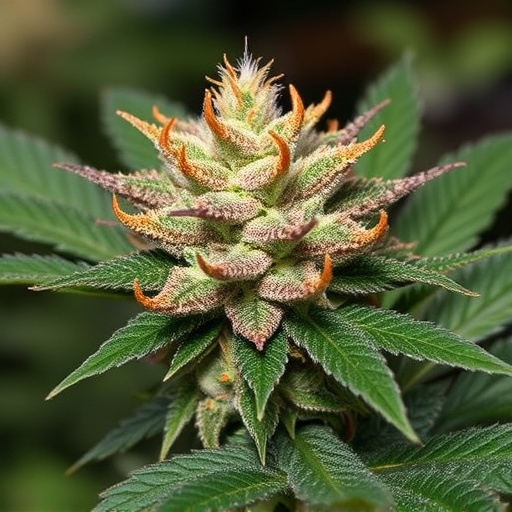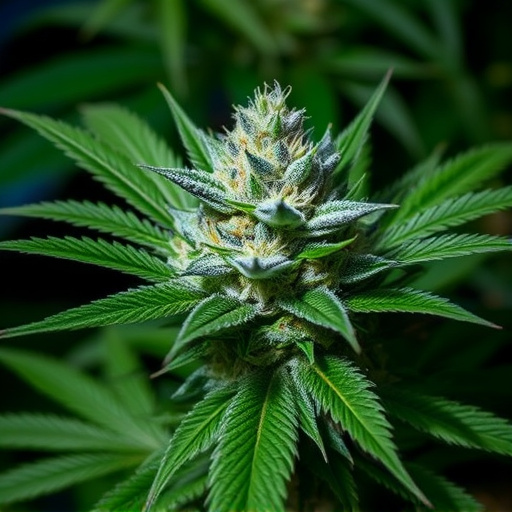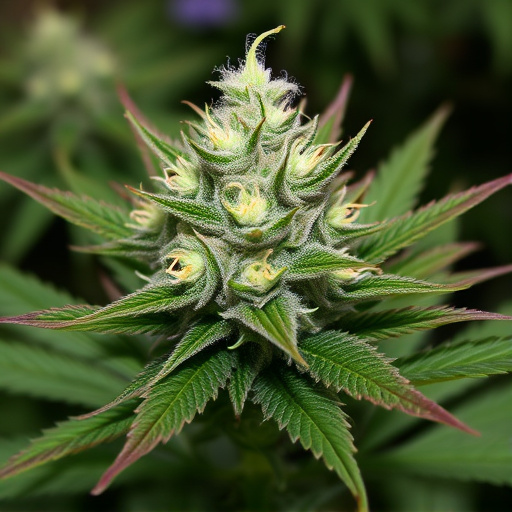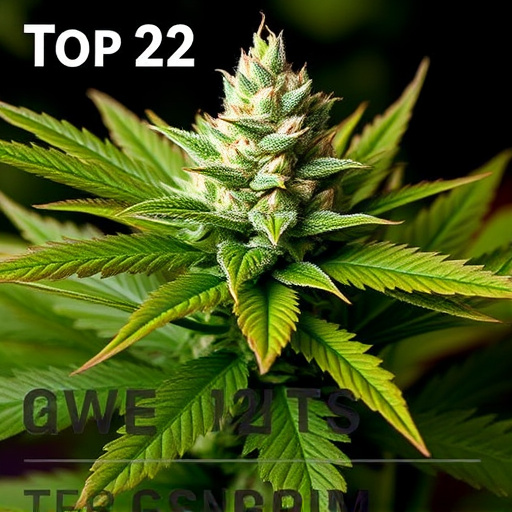The top 20 cannabis strains owe their unique profiles and effects to trichomes—tiny glands producing cannabinoids like THC and CBD, as well as essential oils. These glandular structures come in two main types: resinous (potent, sticky) and bulbous (textural, visually appealing), offering diverse sensory experiences. Understanding trichomes is crucial for both cultivators breeding superior strains and consumers seeking enhanced cannabis experiences.
“Unraveling the mysteries of trichomes in cannabis flower is a key to unlocking the plant’s full potential. These tiny, often overlooked structures play a pivotal role in shaping the unique characteristics of each strain. This article delves into the fascinating world of trichomes, exploring their diverse types and locations on the cannabis plant. We’ll uncover how they contribute to cannabinoid production and guide you through the top 20 cannabis strains renowned for their distinct trichome profiles. Additionally, we’ll highlight effective harvesting and curing techniques to ensure optimal trichome quality.”
- The Role of Trichomes in Cannabis Flower
- – What are trichomes?
- – Types and locations of trichomes on the cannabis plant
The Role of Trichomes in Cannabis Flower
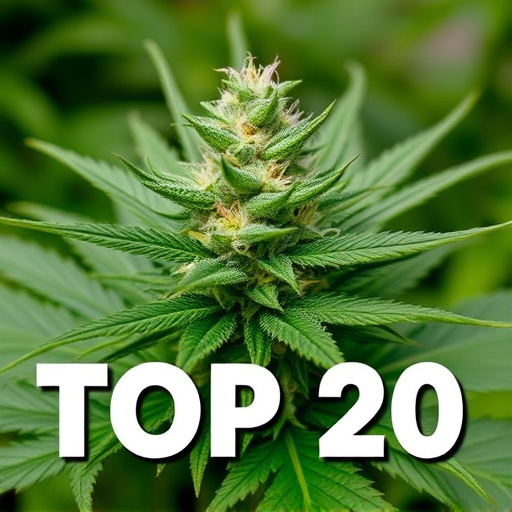
Trichomes play a pivotal role in cannabis flowers, acting as tiny sacs that house and protect potent compounds known as cannabinoids. These specialized glands produce a wide range of chemicals, including THC (tetrahydrocannabinol) and CBD (cannabidiol), which are responsible for the plant’s unique effects on the human body. In many of the top 20 cannabis strains, trichomes are highly valued for their ability to enhance the overall experience, offering diverse profiles that cater to various consumer preferences.
Beyond protection, trichomes contribute significantly to the aroma and flavor of cannabis flowers. The sticky resin produced by mature trichomes contains terpenes—organic compounds that impart distinctive scents and flavors. This intricate interplay between cannabinoids and terpenes creates the complex profiles associated with different strains, making each one unique in terms of potency, effect, and taste. Understanding trichomes is crucial for both cultivators seeking to breed superior strains and consumers aiming to maximize their cannabis experience.
– What are trichomes?
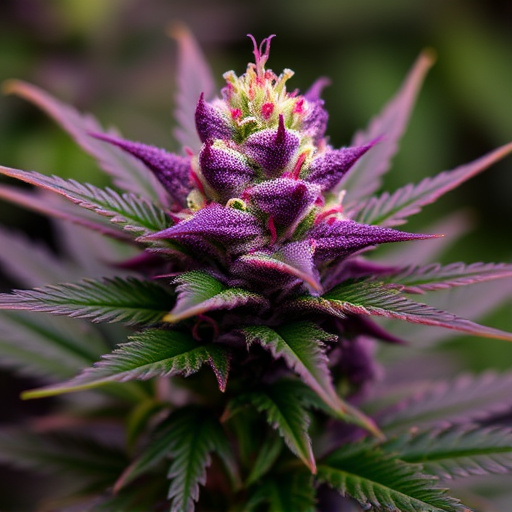
Trichomes, often referred to as hair-like structures, are a fundamental component of cannabis flowers. They are small, glandular outgrowths that cover the surface of the plant’s bud and leaves. These trichomes play a significant role in imparting unique qualities to different cannabis strains, making them a key factor for enthusiasts exploring the top 20 cannabis strains.
Each trichome contains cannabinoid compounds, including THC (tetrahydrocannabinol) and CBD (cannabidiol), which are responsible for the plant’s distinct aromas, flavors, and effects. The density and appearance of trichomes can vary widely between different cannabis varieties, contributing to the diverse experiences users may have when consuming various top 20 cannabis strains.
– Types and locations of trichomes on the cannabis plant
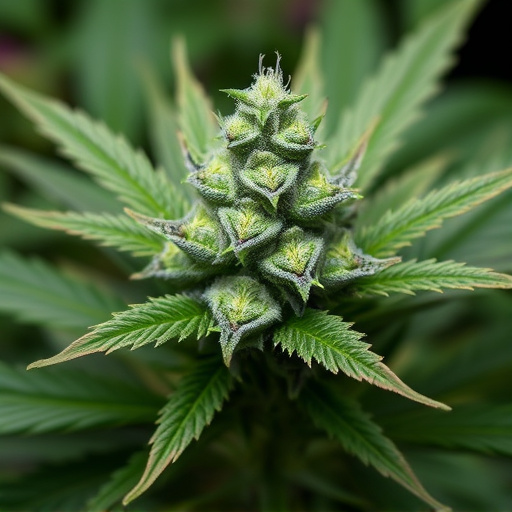
Trichomes, tiny glandular hairs, are a defining feature of cannabis flowers, playing a crucial role in their aroma, flavor, and potency. They can be found covering various parts of the plant, with two primary types: resinous trichomes and bulbous trichomes. Resinous trichomes, often clear or milky, are more prevalent on the flower’s surface and produce most of the plant’s sticky resin, rich in cannabinoids and terpenes. Bulbous trichomes, on the other hand, appear as tiny bulbs and are usually found closer to the plant’s stem. They contribute to the overall texture and visual appeal of the flowers.
When exploring the top 20 cannabis strains known for their exceptional qualities, understanding trichome composition becomes essential. Certain strains boast dense packs of resinous trichomes, promising potent effects and unique flavor profiles. These highly resinous varieties often attract cannabis enthusiasts seeking intense sensory experiences. In contrast, some strains may have fewer but larger bulbous trichomes, offering a different sensory journey with varying therapeutic benefits.
In understanding the intricacies of cannabis flower, trichomes stand out as key components shaping its unique characteristics. These glandular hairs, diverse in type and location, contribute significantly to the plant’s aroma, flavor, and therapeutic benefits. By exploring the top 20 cannabis strains known for their distinct trichome profiles, we gain deeper insights into how these microscopic structures influence the overall cannabis experience. This knowledge empowers both cultivators and consumers to appreciate and navigate the diverse world of cannabis flower.
